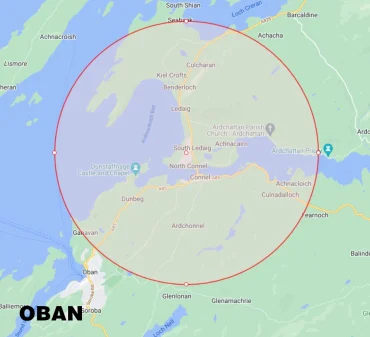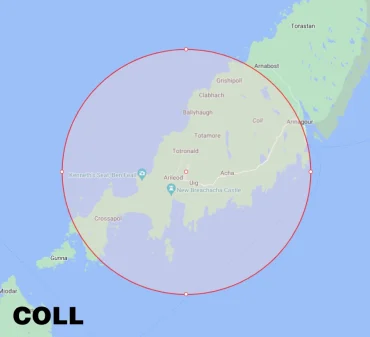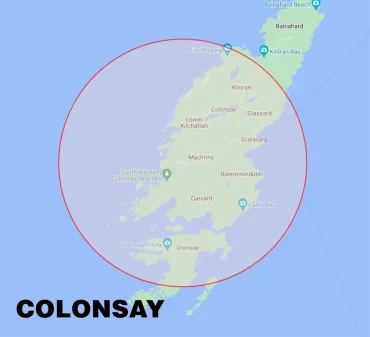Aerodrome Safeguarding
Aerodrome safeguarding is a crucial process at all three of Argyll and Bute Council’s airports (Oban, Coll, and Colonsay). This process ensures the safety of aircraft while manoeuvring on the ground, taking off, landing, or flying in the vicinity of the aerodrome. Safeguarding is a legal requirement under both ICAO (International Civil Aviation Organization) regulations and UK CAA (Civil Aviation Authority) regulations.
Our airports have established planning conditions with the local authority, and we are notified of significant developments within a 15km radius of our airports. This notification allows our safeguarding team to assess whether proposed developments could adversely affect airport operations.
What Do We Assess?
- Physical Safeguarding: Protecting the Obstacle Limitation Surfaces around our airports.
- Cranes and Construction Equipment: Evaluating the impact of cranes and other tall construction equipment.
- Technical Safeguarding: Ensuring the integrity of navigational aids and communications systems.
- Wildlife Management: Assessing whether landscaping, water features, waste sites, or other factors could increase bird activity.
- Wind Turbine Development: Evaluating the impact of wind turbines and other renewable energy sources.
- Lighting: Ensuring external lighting does not interfere with airport operations.
- Solar Panel Glint: Assessing potential reflections from solar panels that could affect pilot visibility.
- Drone requests: Ensuring drone requests within the FRZ do not pose safety risks to airport users.



